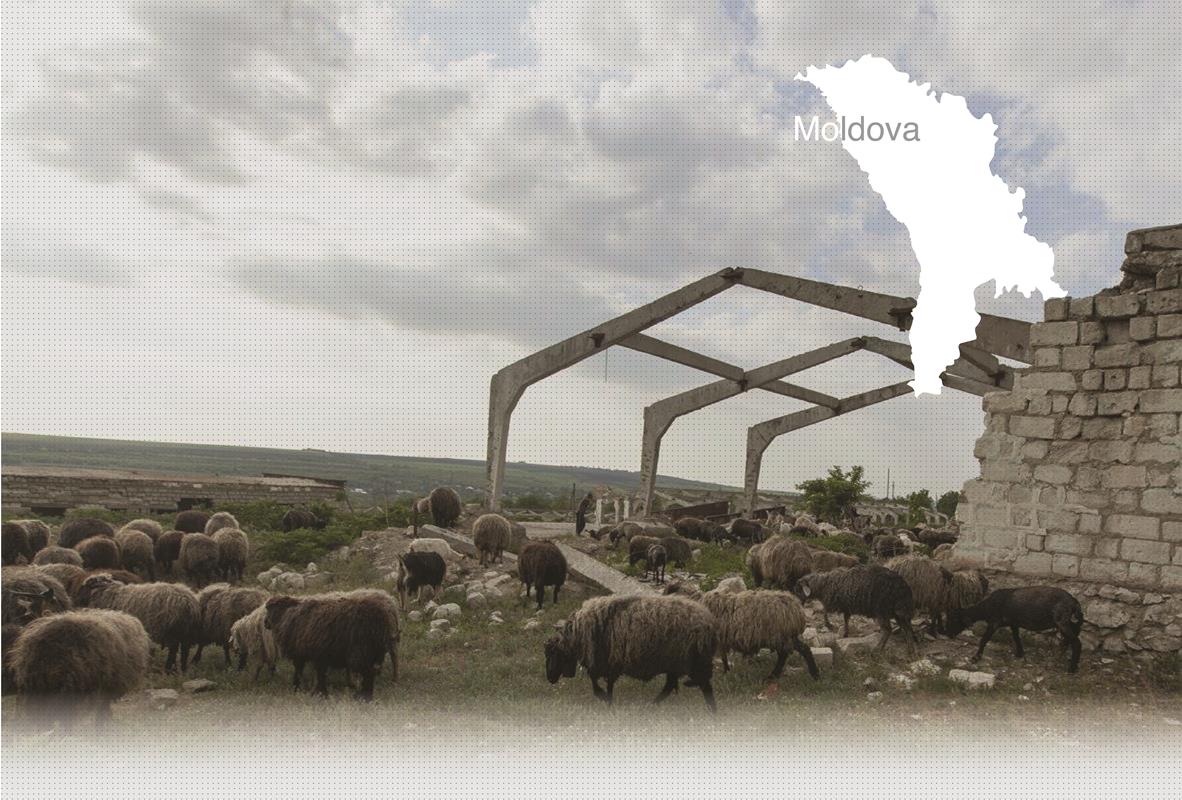

2 Killing site(s)
Ivan B., born in 1929: “A camp for the Jews was created in the village during the occupation. I saw the Jews being brought to the camp in columns several times, they would pass through the village. They were brought here for many days, from all directions, mainly on foot. The elderly, women, and children were driven on carts. They all had hand luggage with them. They were brought to a field where they were kept in the open air. They were guarded by Romanian gendarmes. People from the village could take Jews from the camp to work in their houses. They would give them food in exchange. The Jews stayed in the camp for about two to three months. Once all the Jews from the region were assembled, they were taken elsewhere, in the direction of the Dniester.” (Witness N°46Mo, interviewed in Limbenii Noi on November 29, 2012)
“In July 1941, the Romanian authorities created a camp for the Jews in Limbenii Noï. Jews from other districts were brought to this camp. 7,000 Jews (men, women, children and the elderly) lived in this camp. They were starving and had nothing to drink for 5 or 6 days. When they were taken to a well in order to drink, they were beaten and humiliated. Furthermore, Jewish girls were raped during the night.” [RG22.022M:7021-96/101]
Limbenii Noi is a village in Glodeni District located in north-west of Moldova. We don’t know much about the Jewish community from Limbenii Noi but thanks to the testimonies of YIU’s witnesses we’ve managed to ascertain that there were several Jewish families living in the village. They were merchants. They owned stores in which they sold food, clothes and cooking tools.
During the German-Romanian occupation, a transit camp for Jews was established in Limbenii Noi on the territory of a former kolkhoz. According to the Chisinau Gendarme Inspectorate report, the number of detainees was 3,000 on August 19, 1941. In September there were 2,634 Jews in the camp. Jews were brought to the camp from different localities, such as Fălești (1,500 persons), Sculeni, Balatina and many other surrounding towns and villages before being deported to Transnistria. Ivan B., born in 1929, remembers seeing several convoys of Jews being escorted to the camp through the village. Men, women, and children were brought to the camp on foot and with carts for several days from different directions. The camp was fenced with wire and walled with clay stone. It was guarded by Romanian gendarmes. In the camp, the Jews were kept in lamentable conditions. Some were put in the few cattle barns but most of them slept on the bare earth in the open air. Young girls were systematically raped. Daily, about fifteen to twenty people died in the camp because of the harsh living conditions, different diseases, and hunger. The sick were loaded onto carts and shot in a nearby wood. In total, about 800 Jews perished in the Limbenii Noi camp. After a few months, 2,654 Jews (877 men, 908 women and 869 children) from Limbenii Noi camp were deported to Mărculeşti camp (Fălești District). Dozens of them died on the way.
Do you have additional information regarding a village that you would like to share with Yahad ?
Please contact us at contact@yahadinunum.org
or by calling Yahad – In Unum at +33 (0) 1 53 20 13 17